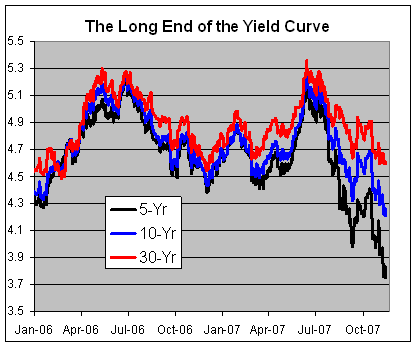With the Dow on pace to trade in positive territory for the second day in a row, the index will break its streak of 20 trading days without two consecutive up days. In the table below, we calculated each period since 1970 where the Dow had a similar streak of at least twenty days. For each period, we calculated how the index did during the month before the streak was broken (includes the performance during the two up days) as well as how it did following the second up day.
Private equity has on average underperformed the stock market in the last decade, according to a detailed survey of the buy-out industry submitted to the European Parliament on Thursday.
Oliver Gottschlag, assistant professor of strategy at the HEC business school in Paris, compiled the research, which undermined the stereotype of private equity cutting costs at companies and making colossal profits from selling them soon afterwards.
The research – based on data from 6,000 private equity deals and about 1,000 buy-out funds – shows that average private equity returns have underperformed the benchmark S&P 500 share index by 3 per cent, after fees charged to investors.
“This does not correspond with the stereotype of the industry making its investors extremely rich,” Mr Gottschlag told the Financial Times. “Investors have not had much fun in this asset class, even though they have all been obsessed with gaining access to the best-performing funds.”
Excluding fees and carried interest (a widely used profit sharing scheme), returns from private equity outperformed the S&P 500 by 3 per cent.
“So private equity is generating value somewhere, but its fee structure means the general partners capture double the out-performance they generate,” said Mr Gottschlag, who is also head of research at Peracs, an advisor to buy-out investors.
The research was based on data collected from investors in 852 private equity funds raised before 1993, to be sure they had sold all their assets. But Mr Gottschlag said analysis of more recent funds showed their performance had been similar.
Big buy-out firms have come under attack in Europe for cutting jobs at companies, such as the AA, the UK motor repair services group, and Gröhe, the German bathroom fittings maker.
Buy-out titans, such as Permira’s Damon Buffini, have defended their industry by arguing that occasional job cuts are necessary to achieve superior returns for their investors, many of which are big pension funds.
Mr Gottschlag admitted that some private equity firms were consistently outperforming the stock market. But he was sceptical about the number of buy-out funds that say they are “top-quartile” in performance rankings.
“I have never met a general partner who was not top-quartile. So I wonder where three-quarters of the industry is hiding,” he said.
On a more positive note for the buy-out industry, Mr Gottschlag said his research showed private equity firms were longer-term investors than many listed company shareholders. He also found they were more focused on growth than restructuring.
A comparison of buy-outs completed in 1996 and big minority shareholders in a broad selection of public companies found that after five years, 55 per cent of private equity investors had sold out, against 88 per cent of minority shareholders.
Mr Gottschlag said a survey of 1,000 buy-out case studies found that 91 per cent of private equity groups had growth initiatives at the companies they bought, against only 54 per cent with restructuring initiatives.
“This suggests that buy-outs really fulfil a very important role of triggering a revitalisation of mature companies,” he said.
The report also found that private equity-owned firms outperformed their listed peers and continued to do so after a buy-out firm had exited. “So I see no evidence that private equity harms the companies it invests in,” he said.









![[William Gross]](http://online.wsj.com/public/resources/images/HC-GK507_Gross_20070823220030.gif)
![[Mortgage]](http://online.wsj.com/public/resources/images/MI-AN938_WBOND_20071116193309.gif)


![[BA_GLOBALC_Online.gif]](http://online.wsj.com/public/resources/images/OA-AO369_BA_GLO_20071116191513.gif)





